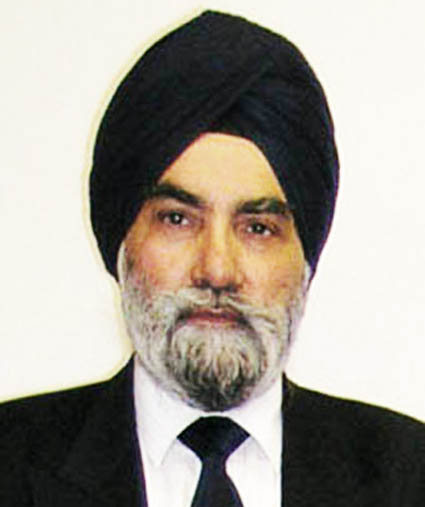Role of Brahmins in Guru Tegh Bahadur Martyrdom

ਧਰਮ ਹੇਤ ਸਾਕਾ ਜਿਨਿ ਕੀਆ
For the righteous cause, He performed the epic deed
(Guru Gobind Singh, Bachittar Natak)
A martyrdom to stabilize the world (Bhai Gurdas Singh II, Vaar 41 Pauri 23)
Guru Tegh Bahadur made the supreme sacrifice for dharam, the righteous cause to save and stabilize the world. The wearers of tilak and janju (paste-mark and sacred thread), the Hindus, were saved in the process as willed by Waheguru. That means that saving of the Hindu religion was a consequence of the Guru upholding the dharmic principle.
Saving Hindu religion was not the prime objective of the great deed in the Age of Kalyug (ਕੀਨੋ ਬਡੋ ਕਲੂ ਮਹਿ ਸਾਕਾ। ) The prime objective of Guru Tegh Bahadur was to save dharam. Otherwise, the janju or janeu had been rejected by Guru Nanak Sahib as a symbol of the oppressive high/low caste system. Through this episode, Guru Tegh Bahadur defended not just Hinduism but all religions. He defended the principle that all had the right to practise their religion and way of life.
Together with evidence from Bhatt Vahis and Assamese Buranjis and other sources, the true story of the Shaheedi and the role of the Brahmins and Ulema (Muslim clergy) of northern India begin to emerge.
Assamese Buranjis are ancient historical records from Ahom kingdom in Assam. These records show that Guru Tegh Bahadur had a large following and his Darbar was stately. From these and Persian sources, Indian text book historians (NCERT types) drew their highly biased conclusions about the reasons for the arrest and martyrdom of Guru Ji.
Probably the best researched publication is by Prof. Fauja Singh in 1975 (see footnote). The Buranjis refer to the complaints by the Muslim ulema and Brahmin priests to the Mughal emperor against the preaching tours of Guru Tegh Bahadur which started in 1656, 10 years before His Guruship.
Prof. Fauja Singh writes: According to it []]Buranji] orthodox Brahmins and illemas were feeling greatly upset over the powerful impact of the Guru's teachings on the people at large and they complained to the Emperor that he was vitiating the whole atmosphere.
Following these complaints, the Emperor commissioned Alam Khan Pathan to arrest him, which he did on 8 November 1665 (Katik Sudi II, 1772, Bhat Vahi). That was the first arrest. The Buranji account refers to 30,000 Nanakpanthi Sipahis assembled with the Guru. Obviously, there are some inaccuracies in this account, which may be explained by the long distance which intervened between the place of recording and that of actual happening. Still the basic idea of this account cannot be ruled out.
Thus, contrary to traditional understanding, the life-style of Guru Ji was saintly, yet stately. Like his Father-Guru, Hargobind, he was a trained saint-warrior. He took care of weapons as a matter of daily routine and kept up his interest in horse-riding and hunting.
The Brahmins, despite their earlier complaints about the preaching tours of Guru Ji, were desperate. They were well aware of the great influence of Guru Nanak, the Guru of the Hindus and the Pir of the Muslims. Guru Nanak, Guru Har Gobind and Guru Har Rai, had visited the valley of Kashmir and there were Sikh sangats in the area. Thus, Kashmiri Brahmins linked to Guru-Ghar, led the deputation to seek protection from Guru Tegh Bahadur.
The above are some pointers to further research as we commemorate 350th Shaheedi Divas of Guru Tegh Bahadur.
** Guru Tegh Bahadur Martyr and Teacher, PU, 1975 pages 35,36)
Further reading: GuruTeghBahadurJi-TheTrueStory.pdf
guru-tegh-bahadur-1621-1675-the-true-story-second-edition-gurmukh-singh.pdf
Gurmukh Singh OBE
E-mail: sewauk2005@yahoo.co.uk
https://www.sikhiwiki.org/index.php/Gurmukh_Singh_OBE